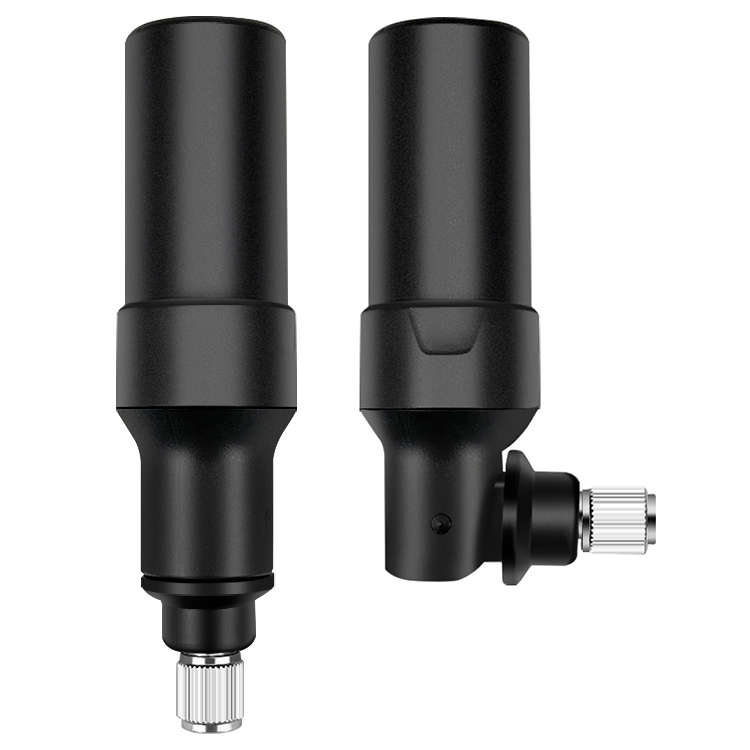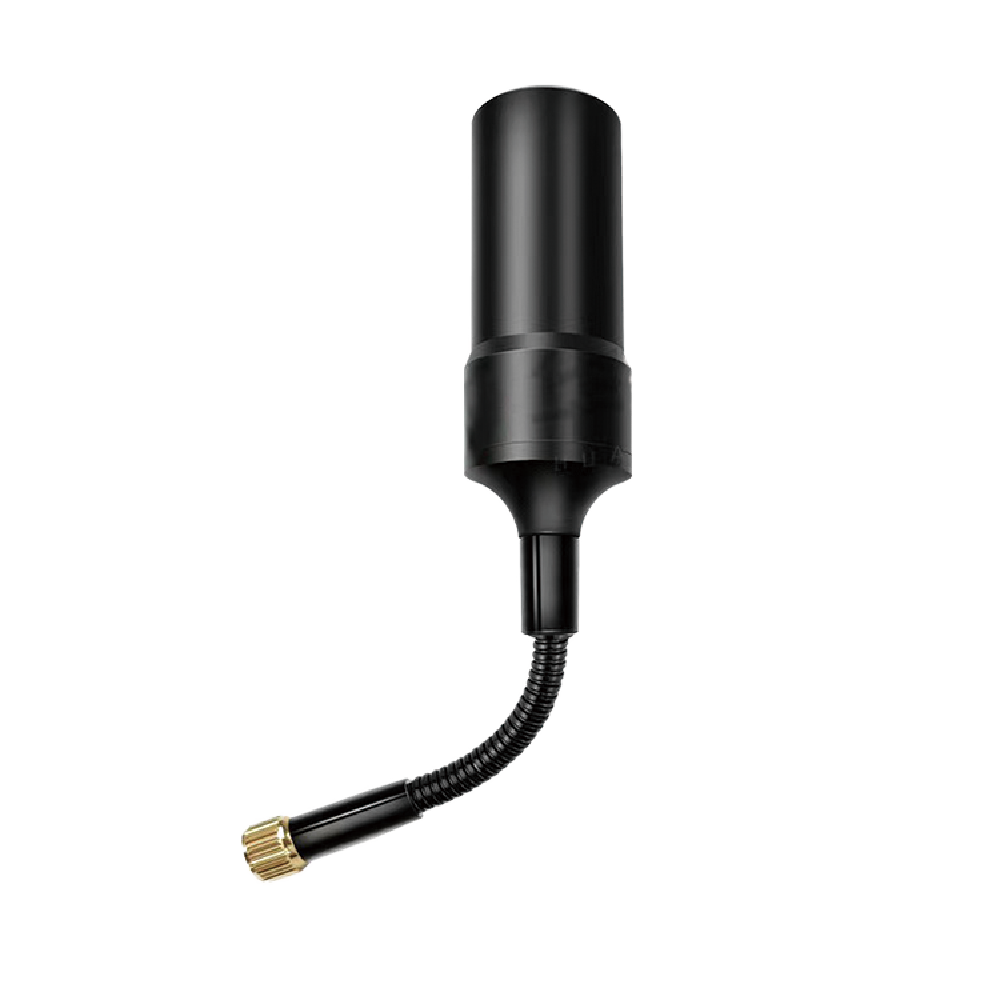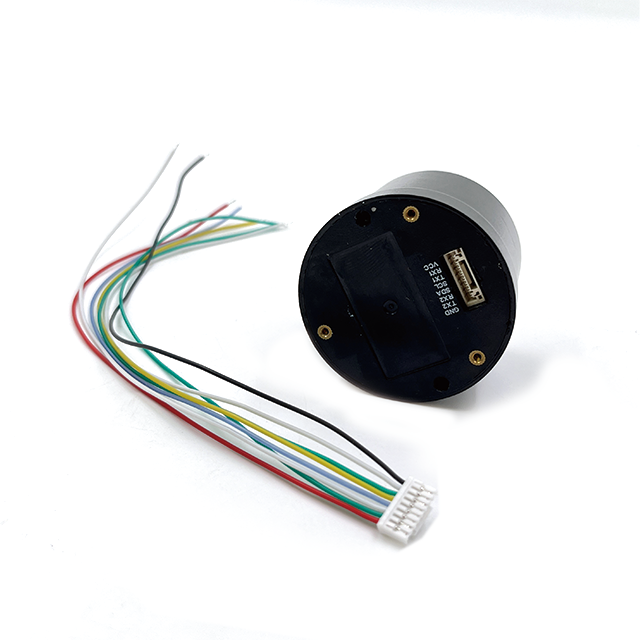The multi-band GNSS antenna is not merely an incremental improvement; it is a foundational technology that has created entirely new industries and transformed existing ones by enabling a level of aerial precision previously unimaginable. Its applications are vast and growing, and ongoing technological trends promise to further expand its capabilities and redefine the possibilities of unmanned flight.
Current Applications:
Precision Agriculture: This is a flagship application. Drones equipped with multi-band GNSS fly autonomous patterns over fields, using the precise positioning to:
Create High-Resolution Maps: Generating accurate orthomosaics and digital elevation models for analyzing crop health, drainage, and soil variation.
Variable Rate Application (VRA): Precisely targeting specific areas with fertilizer, pesticide, or seed, reducing waste and environmental impact by up to 90% compared to blanket spraying.
Crop Scouting and Health Monitoring: Pinpointing the exact location of diseased or stressed plants for targeted intervention.
Surveying, Mapping, and GIS: Multi-band GNSS, especially with RTK/PPK, has revolutionized geomatics.
Topographic Surveys: Capturing highly accurate 3D point clouds for engineering design, volume calculations (e.g., for stockpiles and quarries), and contour mapping without the need for ground control points (GCPs) in many cases.
Cadastral Surveying: Accurately mapping property boundaries.
Construction Site Monitoring: Tracking earthwork progress, measuring cut and fill volumes, and ensuring buildings are constructed to design specifications.
Infrastructure Inspection: The ability to position a drone centimeters from a structure autonomously and safely is transformative.
Wind Turbine Inspection: Flying pre-programmed paths around blades and towers to capture high-resolution imagery.
Cell Tower and Power Line Inspection: Navigating complex environments with precision to assess assets.
Bridge and Dam Inspection: Creating detailed 3D models to identify cracks, spalling, and other defects.
Public Safety and Disaster Response:
Search and Rescue: Creating accurate maps of search areas and precisely marking the location of found objects or persons.
Accident Reconstruction: Documenting crash scenes with photogrammetry to create accurate scale diagrams for investigation.
Disaster Assessment: Rapidly mapping areas after earthquakes, floods, or fires to assess damage and plan relief efforts.
Cinematography and Videography: High-end drone cinematography uses multi-band GNSS for incredibly smooth and stable "follow-me" modes, precise orbiting of moving subjects, and repeatable camera moves for shooting multiple takes.
Future Trends:
Tighter Sensor Fusion with IMUs and Cameras: The future lies in deeply coupling the GNSS position with data from onboard inertial measurement units (IMUs), visual odometry (from cameras), and LiDAR. This will create navigation systems that are resilient to total GNSS outage (e.g., indoors, under dense canopy, or near tall buildings) by using other sensors to dead reckon with high accuracy for short periods.
Miniaturization and Cost Reduction: As with all electronics, components will become smaller, more power-efficient, and less expensive. This will democratize multi-band technology, bringing centimeter-level accuracy down to smaller, more affordable drones and expanding its use into new market segments.
Advanced Anti-Jamming and Anti-Spoofing (AJS): As drones become more critical to infrastructure, they also become targets. Future multi-band antennas will incorporate adaptive nulling techniques to automatically detect and reject intentional jamming or spoofing signals, ensuring operational security and safety.
Networked Swarm Operations: Multi-band GNSS providing a common, precise time and position reference is the key to enabling coordinated drone swarms. This will allow multiple drones to operate collaboratively on large tasks, such as mapping vast areas simultaneously or performing coordinated light shows with absolute precision.
Seamless LEO Satellite Constellation Integration: The advent of Low Earth Orbit (LEO) satellite communication systems (e.g., Starlink) will provide ubiquitous data links. This will allow drones to access state-space representation (SSR) correction data from global GNSS networks anywhere in the world in real-time, making high-precision PPP-RTK as easy and reliable as using a local RTK base station is today.
AI-Enhanced Positioning: Artificial intelligence and machine learning algorithms will be applied to the raw GNSS data to further filter noise, predict and correct for multipath errors in urban environments, and provide even more robust and reliable position solutions in challenging signal environments.
In summary, the multi-band GNSS antenna has already proven to be a catalyst for innovation in the drone industry. Its ongoing evolution will be the backbone of the next generation of autonomous systems, enabling drones to navigate our world with a level of assurance, safety, and precision that will make them indispensable tools across every facet of the economy.
6. Conclusion: The Indispensable Linchpin of Modern UAS Operations
The multi-band GNSS antenna is a powerful testament to the principle that true technological advancement often comes from perfecting the fundamental components upon which entire systems are built. It is far more than a peripheral accessory; it is the central nervous system of a modern professional drone, providing the precise geospatial awareness that separates controlled, automated flight from mere remote-controlled operation. Its development and integration represent a critical inflection point in the history of unmanned aviation, enabling a transition from visual-line-of-sight hobbyism to beyond-visual-line-of-sight industrial tool.
Its significance is rooted in its ability to solve the most fundamental challenge of navigation: knowing where you are, not approximately, but exactly. By harnessing the power of multiple satellite constellations and frequencies, it systematically dismantles the largest sources of error, transforming a signal susceptible to atmospheric whims and environmental reflection into a robust and reliable metric of truth. This capability is the non-negotiable foundation for the entire value proposition of commercial drones—accuracy, repeatability, and efficiency.
The antenna's design is a marvel of interdisciplinary engineering, embodying the extreme constraints of its application. It is a device where grams are scrutinized, where milliseconds of signal delay are critical, and where resilience is baked into every material choice. It demonstrates that achieving high performance does not always require larger size but rather smarter design, sophisticated materials science, and a deep understanding of electromagnetic theory.
While the challenges of cost, power, integration, and calibration are real, they are not impediments to adoption but rather markers of a mature, high-end technology. The market has clearly voted that the advantages—centimeter-level accuracy, unparalleled reliability, and the enablement of autonomous workflows—overwhelmingly justify the investment for professional applications. These challenges are also the drivers for ongoing innovation, pushing the industry towards smaller, cheaper, and more efficient solutions.
Looking forward, the role of the multi-band GNSS antenna will only become more profound. It is the key sensor that will allow drones to navigate increasingly complex airspace, collaborate in swarms, and perform tasks with a level of autonomy that is currently the realm of science fiction. It will be the cornerstone upon which urban air mobility (UAM) and automated logistics are built, where safety-critical operations will demand nothing less than flawless and continuous positional integrity.
In conclusion, the multi-band GNSS drone antenna is a quintessential enabling technology. It is the unsung hero that works silently in the background, yet its performance is the very factor that determines the success or failure of a mission. It has elevated the drone from a novel gadget to a precision instrument, and it will continue to be the linchpin that unlocks the next great chapters of the aerial revolution. For any serious application of drone technology, investing in a high-quality multi-band GNSS system is not an option; it is the first and most important decision on the path to success.




































































 Language
Language
 En
En Cn
Cn Korean
Korean

 Home >
Home > 







 18665803017 (Macro)
18665803017 (Macro)













